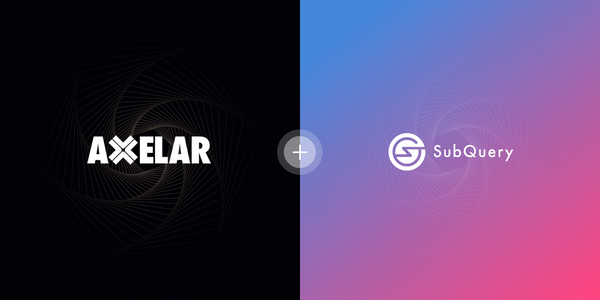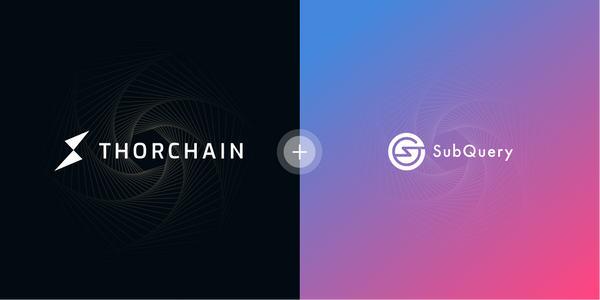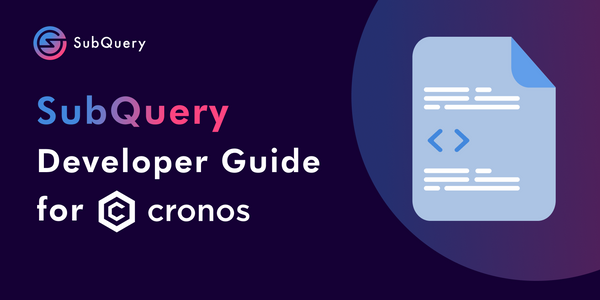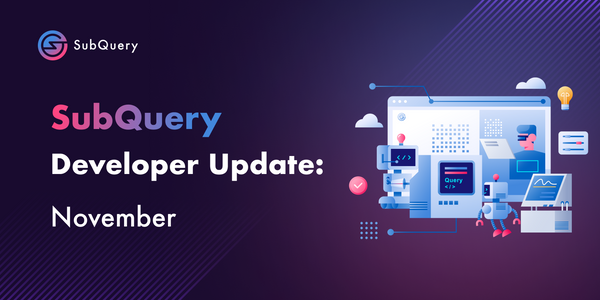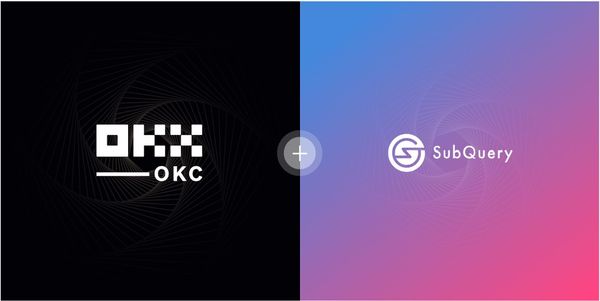The public website is often the first thing people see and visit when looking at a company or product. It can create a lasting first impression, imprint a brand in your memory, and communicate the story behind what we do. Today we are excited to announce a new and improved website design for SubQuery.
We redesigned our website for two main reasons. Firstly we needed to refresh and modernise the site to reflect more accurately the current progress of SubQuery and its status as a leader in data indexing. Since our last website update, we have evolved significantly with the impending launch of the SubQuery Network. Secondly, we always want to improve our overall visual identity to create a better brand impression with our rapidly expanding community.
SubQuery, being a data indexing project, is all about the details. It's with this mentality that we chose this specific design and layout which emphasises moderate spacing between paragraphs for a more modern look and makes the content easier to read. Additionally, this provides page templates that are flexible and responsive, and that can be reused across the growing number of applications that SubQuery has. Combined, these updates give the user a much better experience navigating through what can be quite detailed and technical information.
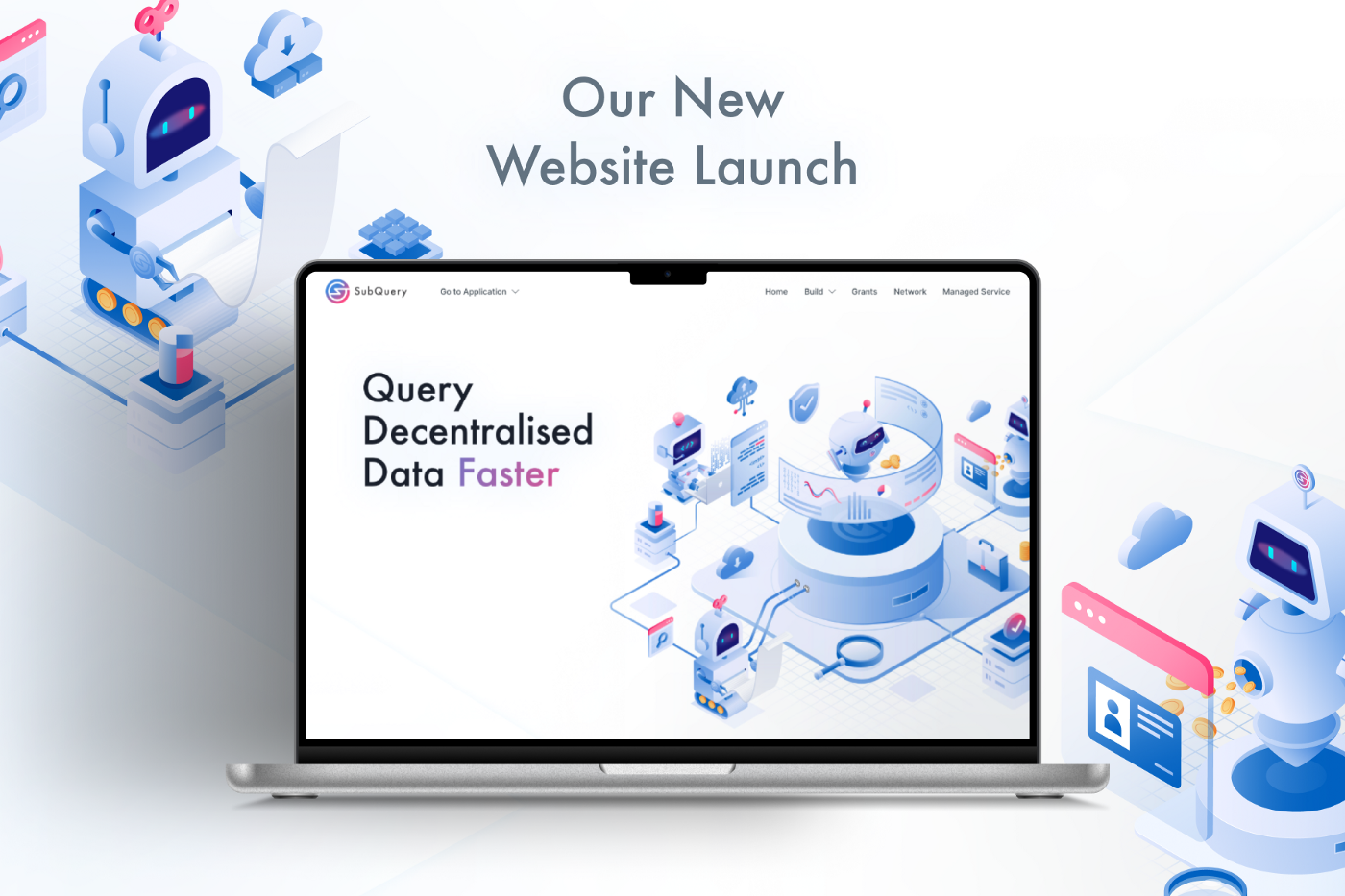
Going back to first principles of website design, we kept the end-user firmly in our mind. In order to achieve our goal, we stuck to key principles such as establishing a strong visual hierarchy across elements such as typography and content grouping. Furthermore, given the subject matter it was important that we ensured that the content was accessible and responsive and didn't overwhelm the audience with too much information.
Our UI design process went through five steps which gives us the opportunity to create user-centred design and successfully consider value based marketing principles.
Step 1: Empathise
The goal during this stage is to understand who we design for. Creating customer personas are a good way to help represent a particular group of people with similar behaviour, needs, goals, and attitudes. This understanding allowed us to make the right decisions about product features, navigation, visual design, and much more.
Step 2: Define
The next step was to define these insights identified in the Empathise stage, we looked to define our users needs, problems, and insights. Once again, this process is to have a better understanding of exactly what our users need before we start looking to provide what we think they need.
Step 3: Ideate
Based on the previous two steps we then looked to ideate various different design options making sure to consider the user with every decision made.
Step 4: Prototype
After going through the ideation process we looked to prototype specific designs we think best reflect the needs of our users and best solve the problems they have.
Step 5: Test
The final stage of our process was to test the prototypes we had designed. This allowed us to ensure that the changes we have made are effective.
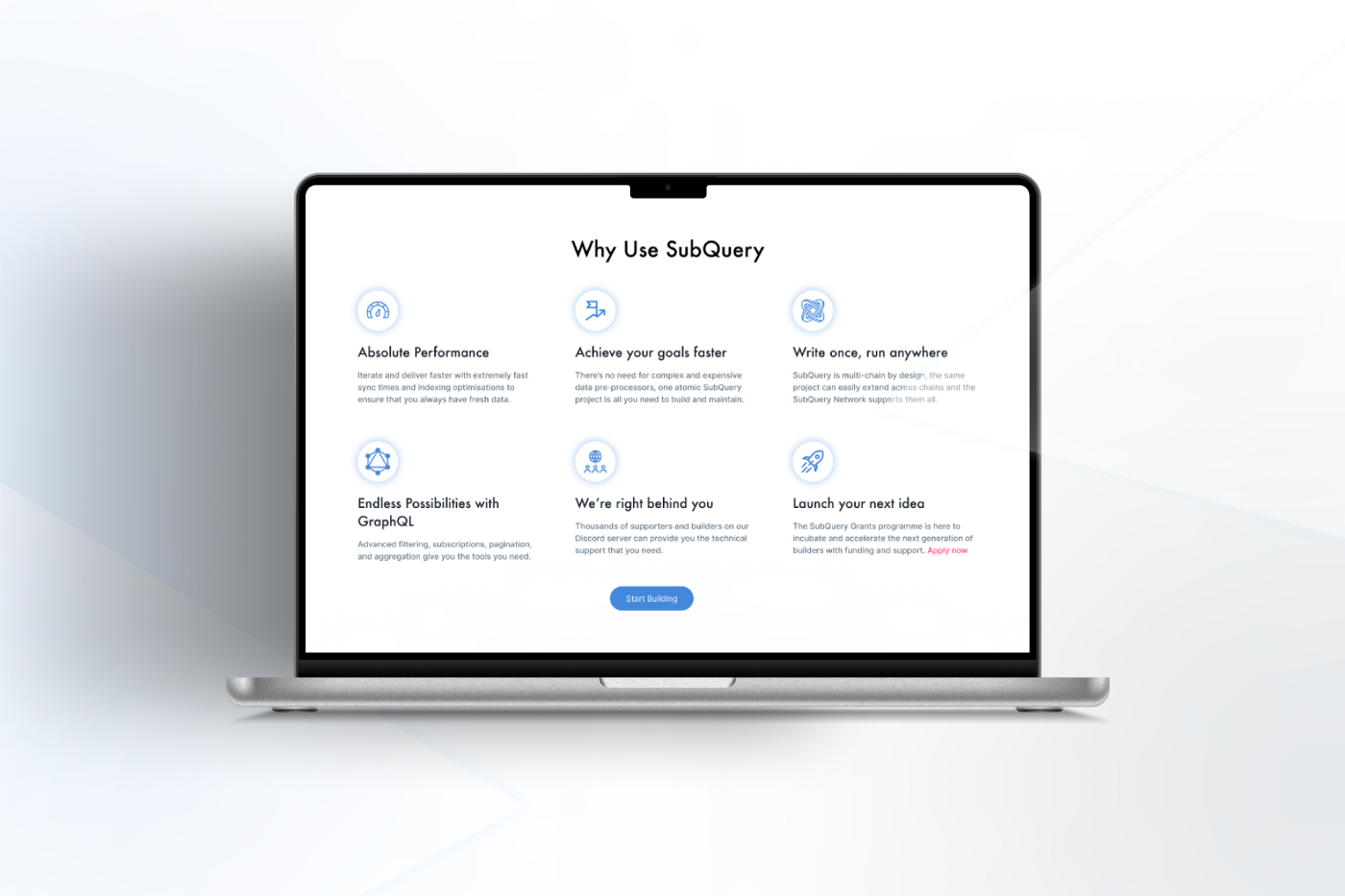
"SubQuery has bold ambitions and we needed an updated visual identity that reflects that vision. By modernising our layout and improving the visual hierarchy with new typography and colours, we provide our website visitors a fresh experience and insight into SubQuery. Personally, I'm a big fan of the new illustrations which were created for our Frontier testnet as they create an extra dimension in the evolution of our brand story" - Cassie Wang, UX Designer at SubQuery
We hope you enjoy the website as much as we do! Take a look today at https://subquery.network
About SubQuery
SubQuery is a blockchain developer toolkit enabling others to build Web3 applications of the future. A SubQuery project is a complete API to organise and query data from Layer-1 chains. Currently servicing Polkadot, Substrate, and Avalanche projects, this data-as-a-service allows developers to focus on their core use case and front-end, without needing to waste time on building a custom backend for data processing. The SubQuery Network proposes to enable this same scalable and reliable solution, but in a completely decentralised way.
Linktree | Website | Discord | Telegram | Twitter | Matrix | LinkedIn | YouTube

